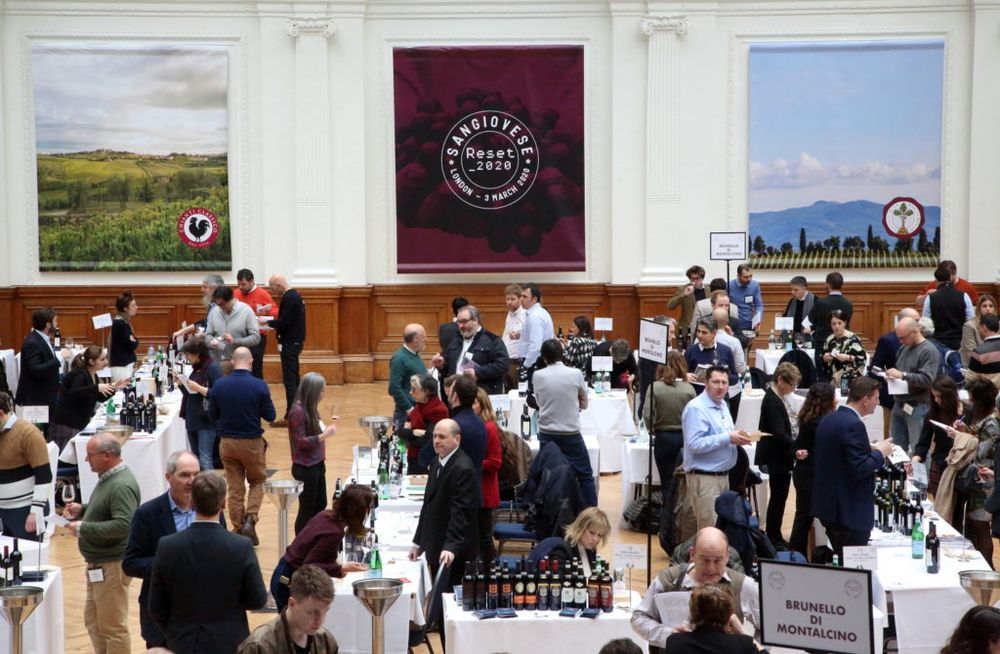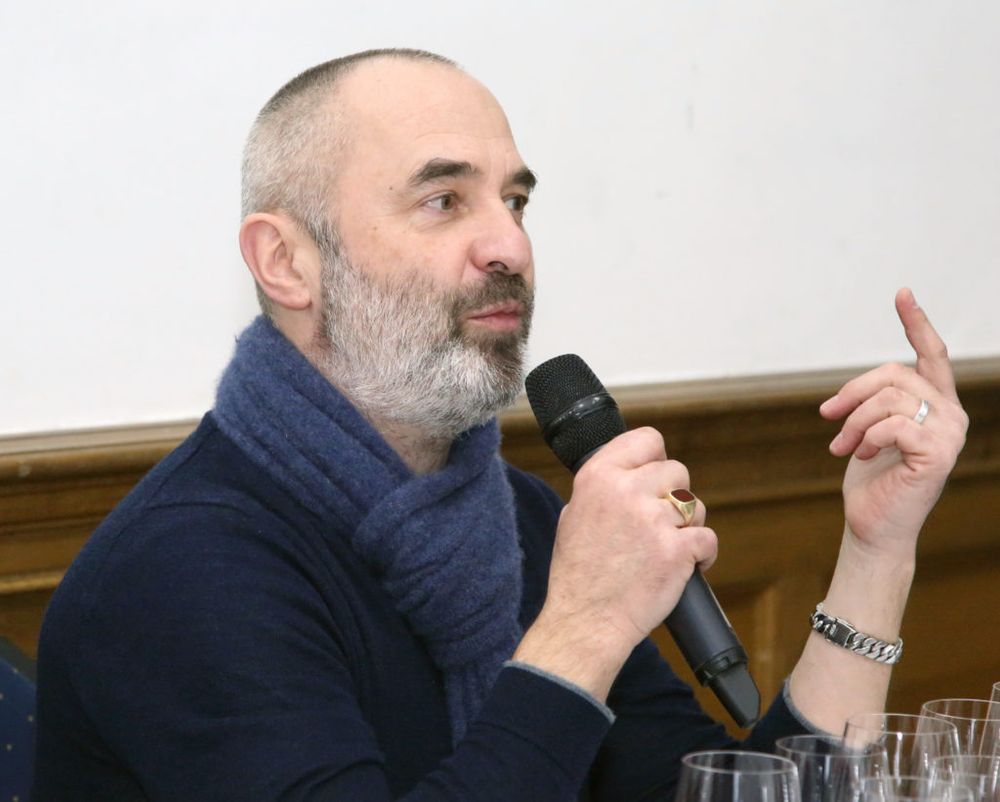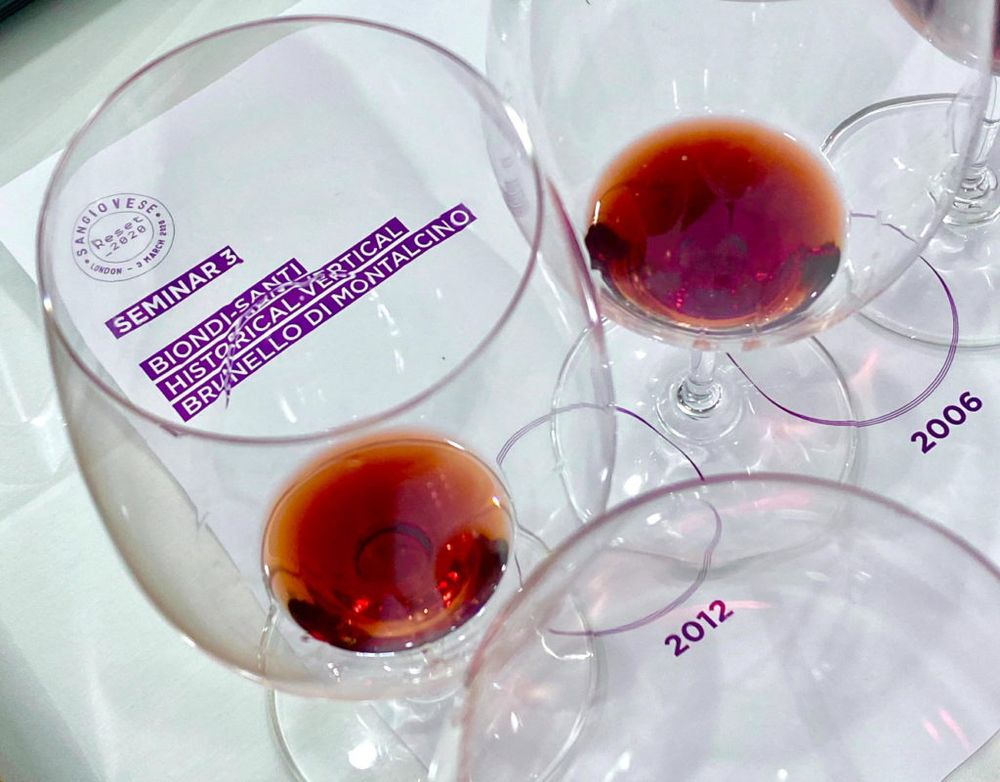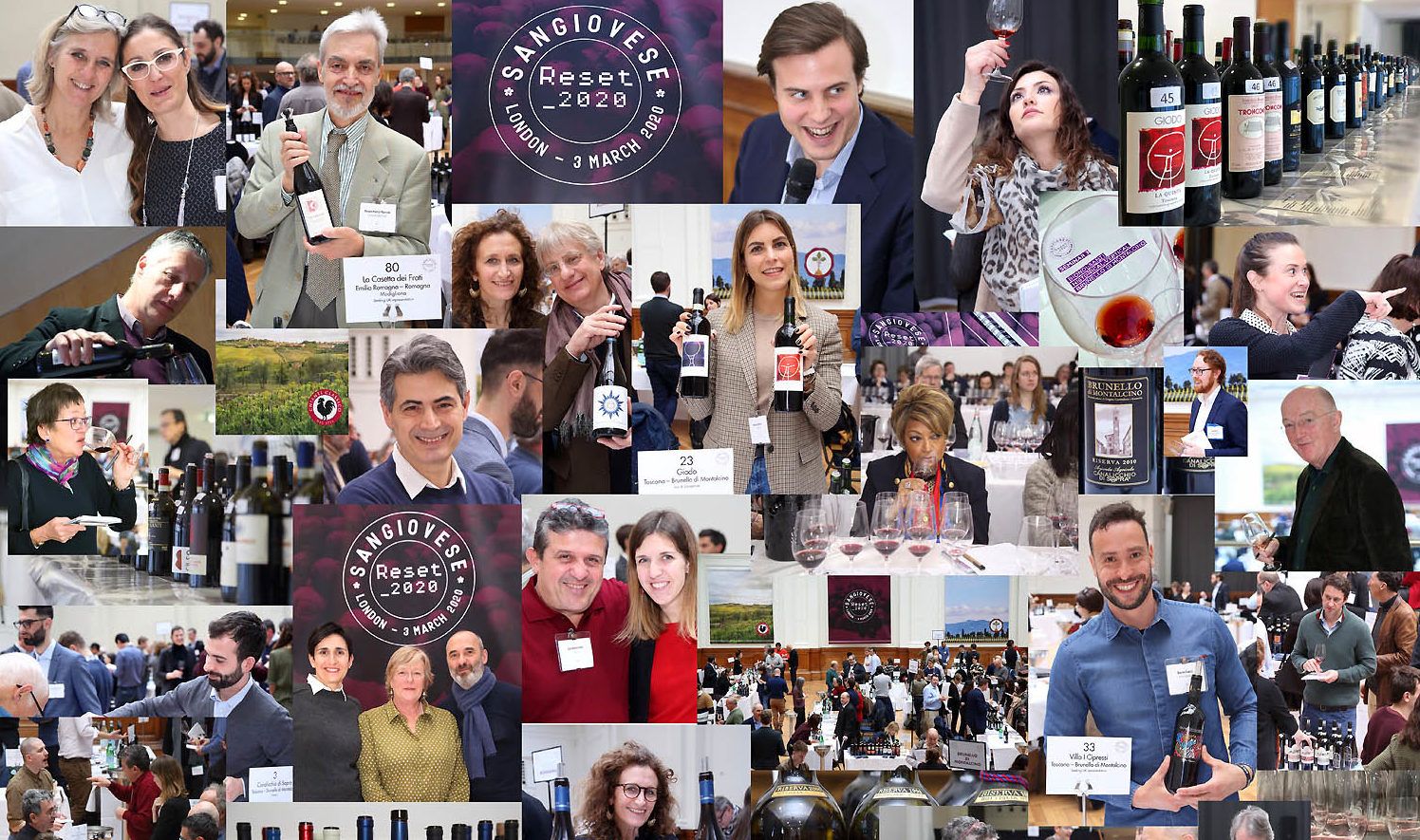“I’m glad we are witnessing a move away from the modernity which marked the 1970s-2000, when international varieties and heavy oak were dominant. This was a distortion of Italian reality, it also meant Sangiovese was often unable to express its own character,” argues Walter Speller.
Last year’s Nebbiolo Day was one of 2019’s key tasting events, as producers from across Piemonte, Alto Piemonte and Valtelina gathered in London to demonstrate the complexity, nuance and exuberance of Italy’s most esteemed grape. On March 3, the Hunt & Speller team attempted to do the same with Italy’s most famous, but also its most understood grape variety, just missing the Italian government’s lockdown of the country by a few days.

First of its kind: Sangiovese Reset, London, March 3, 2020
Like Tempranillo, Sangiovese is associated with the host country’s most famous wine – for Rioja read Chianti – but is also regarded by some as something of a workhorse variety. Overplanting, often in the wrong places and apparent ubiquity (65,000 hectares across Italy, making it far and away the country’s most planted grape) has brought this noble variety into disrepute. Sangiovese Reset sought to remind us how the variety got its world-class reputation in the first place, looking at great examples not just in Tuscany but in neighbouring Emilia Romagna where a new wave of producers are supposedly doing exciting things with it.

Walter Speller: “Sangiovese is in a postmodernist phase”
“Sangiovese is a fantastic variety but blending it with other varieties or ageing in oak can make its special characteristics disappear,” says Walter Speller, hosting a masterclass that explored different Sangiovese styles through central Italy.
He says the grape is invariably and unfairly blamed for bad wine in a way that, say Pinot Noir or Cabernet Sauvignon isn’t, where poor examples tend to be blamed on the winemaker, vintage conditions or other factors.
“I’m glad to say we are witnessing a move away from the modernity which marked the 1970s to around 2000, when international varieties and heavy oak were dominant. This was a distortion of Italian reality, ignoring the pre-phyloxera era and the post war one; it also meant Sangiovese was often unable to express its own character.”
Speller drew attention to another problem, especially notable in the UK trade, whereby the wider Chianti region and the more carefully defined, Chianti Classico region are often confused to the latter’s detriment. This ignores all the hard work by producers to introduce new and better clones, to ensuring the variety is planted in the right place and increasingly the moves towards eliminating international varieties from Chianti Classico altogether.
For Piero Lanza, chief winemaker at Fattoria Poggerino, which uses eight different clones – planted in 1994 – in its 800m high vineyard in Radda in Chianti, “the less we do, the better it is.”
Pointing to the 20 clones typically in use in Chianti Classico, he says:
“I compare a good Sangiovese wine to an orchestra where the different clones are the players and the wine is the music that results.”

So which players played the best tunes at the tasting?
Despite the coronavirus, many of the 87 producers expected did actually show up – luckily this was just days before the lockdowns of the north of Italy, which includes Emilia Romagna, and then the whole country.
There was a strong presence from Montalcino, with several unrepresented producers clearly keen to build on Brunello’s strong high end reputation in the UK trade alongside old favourites like Biondi Santi, Sesti, Collemattoni and Banfi. Chianti Classico had a good turnout with the likes of Felsina and Querciabella and there were a good few Vino Nobile di Montepulciano producers. Curiosities included producers from Umbria (better known for its Sagrantino but increasingly good with Sangiovese), Orcia, whose proximity to Montalcino can result in wines similar to that famous town but at a fraction of the price. And then there were the wines from Emilia Romagna, a rather mixed bunch if I’m quite honest.
Here’s my favourite 10 producers from Sangiovese Reset

Biondi Santi (Montalcino) – It would be churlish to exclude the famous father of Brunello so I won’t – suffice it to say, the masterclass run by young Tancredi Biondi Santi highlighting four decades of Biondi Santi Brunello Riserva La Storica demonstrated why this producer is so iconic. The 2012, the 2006, the 1999 and the 1983 all demonstrated the firm tannins and disciplined winemaking you’d expect. Just great. (Liberty)
Frescobaldi – My reasons for choosing this iconic, well-known producer were actually twofold; one, because their range covers much of the whole Sangiovese spectrum, with wines made in Montalcino, Rufina and Chianti Classico (as well as a Toscana IGT) which made them fascinating to contrast and compare. And two because frankly the wines are so well made, enjoyable and moreish. (Hallgarten Wines)
Carpineto – As above, this famous producer based in Greve in Chianti produces across the Sangiovese region, with the addition of Montepulciano, so makes for great comparisons. The 2016 Chianti Classico Riserva was a real stand out, lots of balance and perfect acidity supporting generous fruit. (Hallgarten Wines)
Sesti (Montalcino) – A great range, made with great finesse though the star is the Phenomena 2013 Riserva. Quite stunning (Armit).
San Polino (Montalcino) – I loved the wines made by this small family producer when I visited a few years ago, and they taste as good as ever, suggesting Small really is Beautiful (just 28,000 bottles are produced each vintage, and the focus is all on Brunello with no Rosso). The Helichrysum 2014 Brunello is wonderful, especially given that this was such a rainy vintage in Montalcino but the start is the 2012 Riserva, showing wonderful emergent fruit and great character and complexity. (Alliance Wine).
Rocca di Montegrossi (Chianti Classico) – All the wines from this Gaiole in Chiantio producer were showing well but the Vignetio San Marcellino 2015 Gran Selezione was for me one of the stars of the show. Checking in at a hefty 15% and blended with 6% Pugnitello, this was really impressive and will develop seriously well.
Felsina (Chianti Classico) – You can’t go wrong with this leading producer and so it proved at this tasting with all the wines showing well. (Liberty)
Fattoria Nicolucci (Romagna) – The Vigna del Generale 2016 Romagna Sangiovese Superiore Riserva was the star turn at Speller’s Romagna masterclass, with great fruit and firm balance. One to lay down or drink now. (No UK representation, which I find surprising).
Le Verzure (Orcia) – The Valley of Orcia is by many accounts one of the most beautiful wine regions in Italy, and this newish organic winery is another reason to visit. Producing just 20,000 bottles in total, Il Bruno 2013 – the first vintage – is the high end wine, basically a Brunello in all but name. I really like the amphorae aged Sileo, aged for six months with skins and pips. Quite different, and delicious (no rep in UK)
Lungarotti (Umbria) – The Rubescos made in the Torgiano Doc in Umbria are quite distinct from their Tuscan counterparts, and well worth exploring. Just 200,000 bottles were made of the Rubesco 2017 Rosso di Torgiano and it is quite a cracker, full on red and black berry fruit supported by firm tannins; its bigger and pricier older brother the Rubesco Vigna Monticchio 2013 Riserva is also good, but needs more time. (Eurowines)
And in conclusion…

Speller says Sangiovese is in a postmodernist phase, with producers moving away from their father’s techniques and looking back to their grandfather’s approach. However as any art critic will tell you, postmodernism is notoriously hard to define and inconsistent, its practitioners often similarly so. This pretty much sums up my feeling about Sangiovese Reset; a brave and worthwhile venture but undertaken at a time when the variety’s fortunes are still on the up rather than at their peak. For every great wine here – and there were many – there were at least two more where Sangiovese’s two major characteristics, tannin and acidity, were either excessive or out of whack.
But the movement is clearly going in the right direction, as producers increasingly eschew new oak and use stainless steel, concrete or indeed, clay amphorae to bring out the best in the variety. Sangiovese Reset: Return of the Grape will be a show well worth waiting for.









































